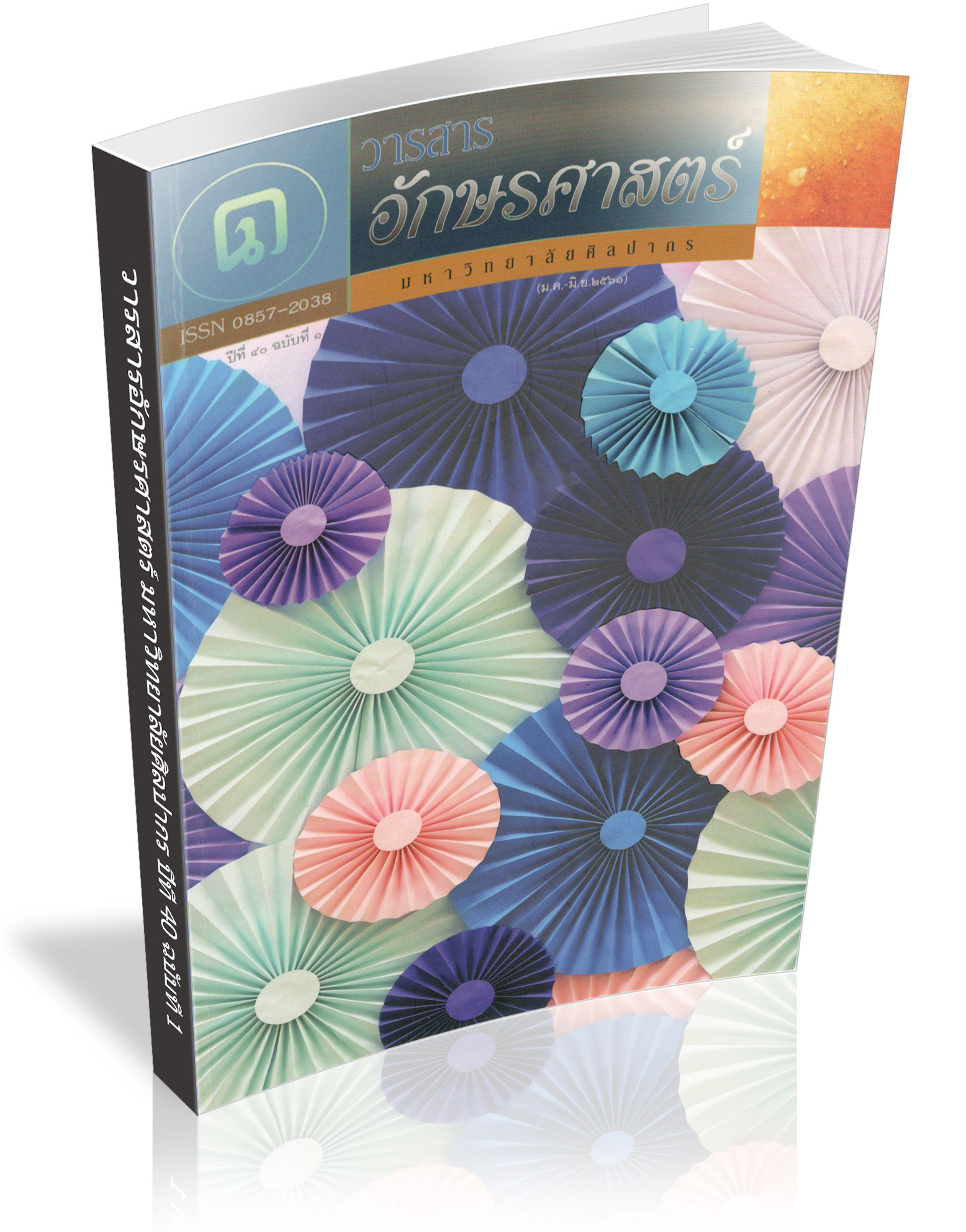Gateway to Southeast Asia
New Perspective on the Study of Maung Petchaburi's History
Keywords:
History of Petchaburi, the 'Autonomous History' Approach, Petchaburi's Military and Trading Roles in the Past, Plural Community in PetchaburiAbstract
This research article aims to present an argument that for the construction of a new body of knowledge on Petchaburi history, the best approach is to study within the context of 'autonomous history'. This approach looks at Petchaburi as an independent political entity that can be used as a focal or a reference point of the study on its own.
The research findings suggest that Petchaburi within the context of autonomous history had its own historical development, its own Mandala or circle of historical relationships, and its own dynamic resulting from changing roles within each period of time. The autonomous history approach confirms the significant role of Petchaburi as the 'Gateway to Southeast Asia' since from its beginning up until the reign of King Rama III of Ratanakosin era, Petchaburi functioned as a nodal point connecting mainland Southeast Asia with the Malay Peninsula on the one hand and connecting traffic from the South China Sea with the Bay of Bengal on the other. The importance of Petchaburi's geography, logistics and economic assets shaped her various roles : political, military, trade and cultural transmission. Most importantly, Petchaburi became a place of settlement for many migratory groups of people from various ethnic and religious backgrounds. This aspect of her history best explains the plurality of present-day communities within Petchaburi Province.
Downloads
Downloads
Published
How to Cite
Issue
Section
License
ผู้เขียนบทความต้องยินยอมในข้อกำหนดต่าง ๆ ของวารสารก่อนส่งบทความตีพิมพ์




